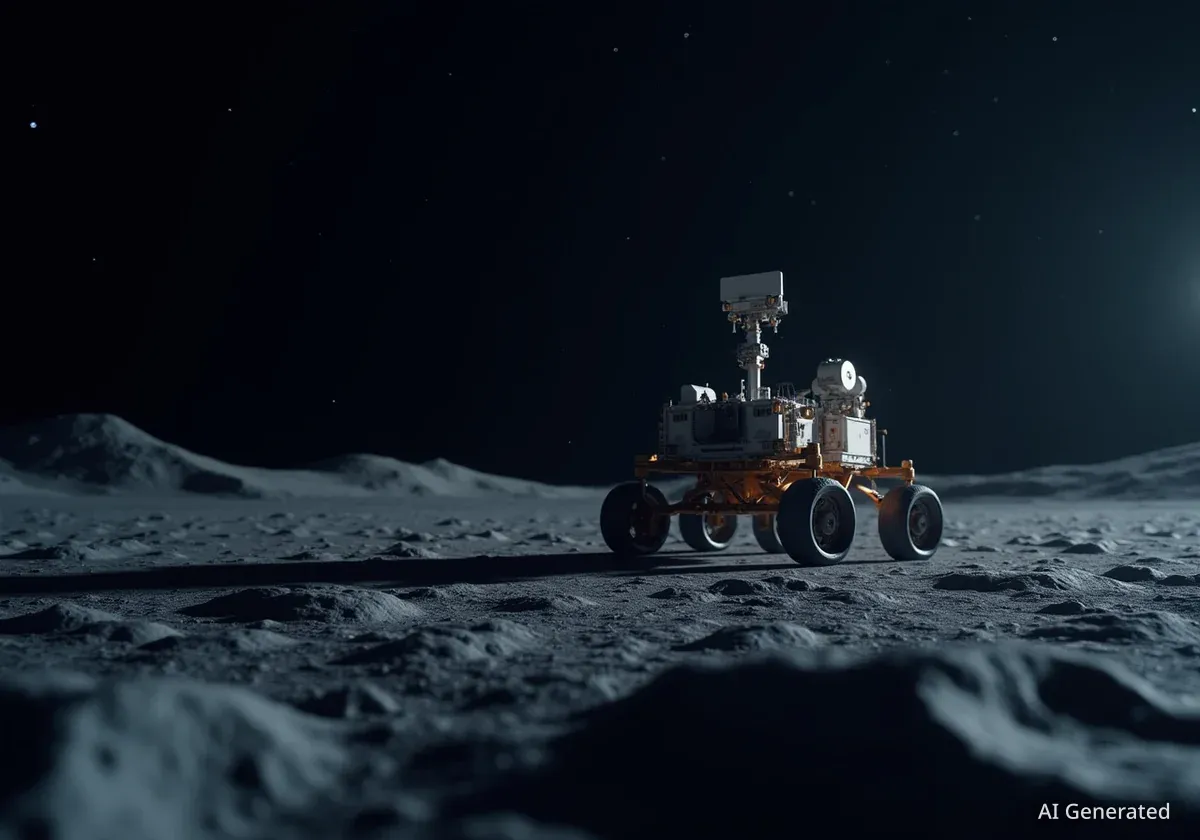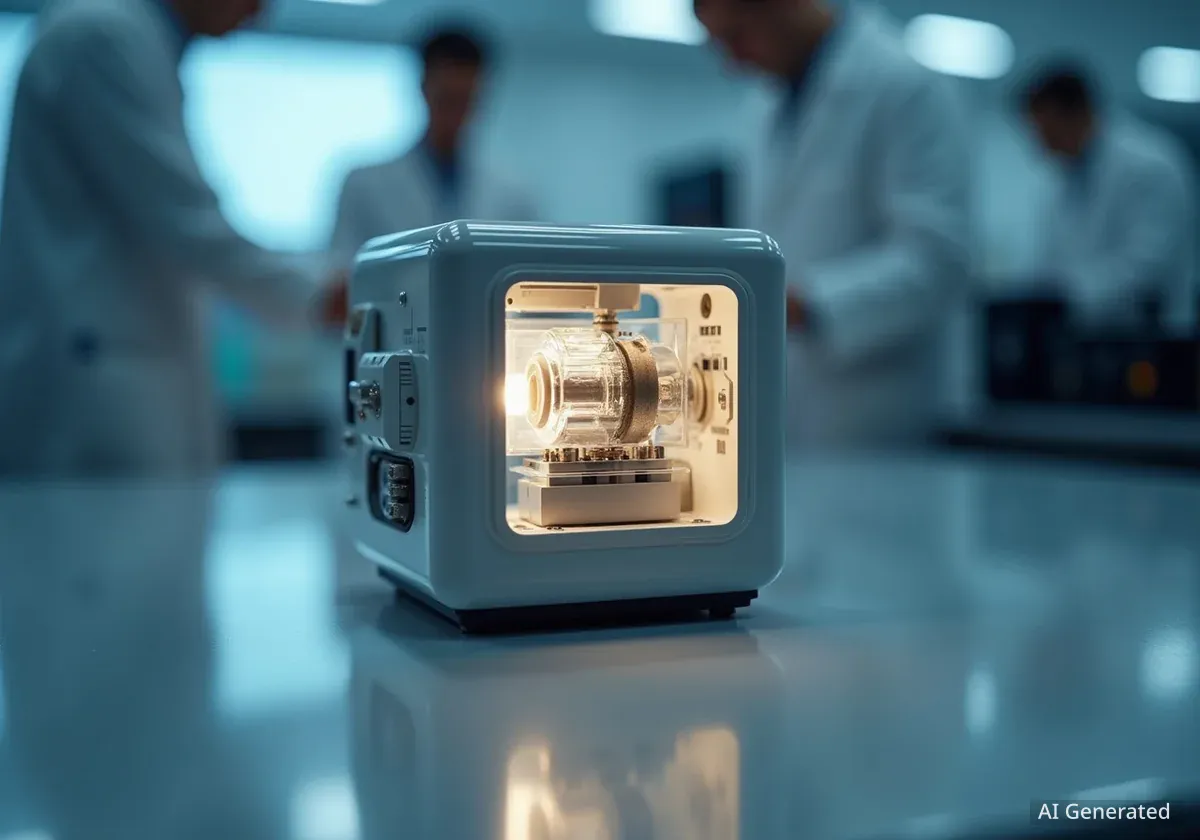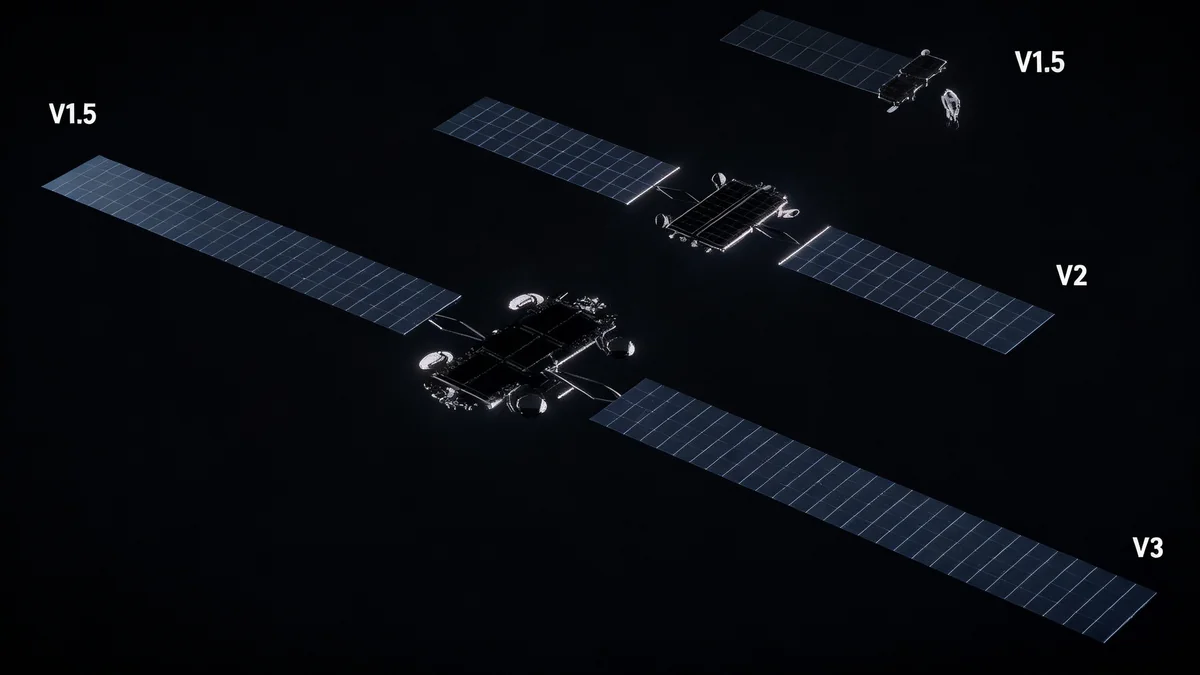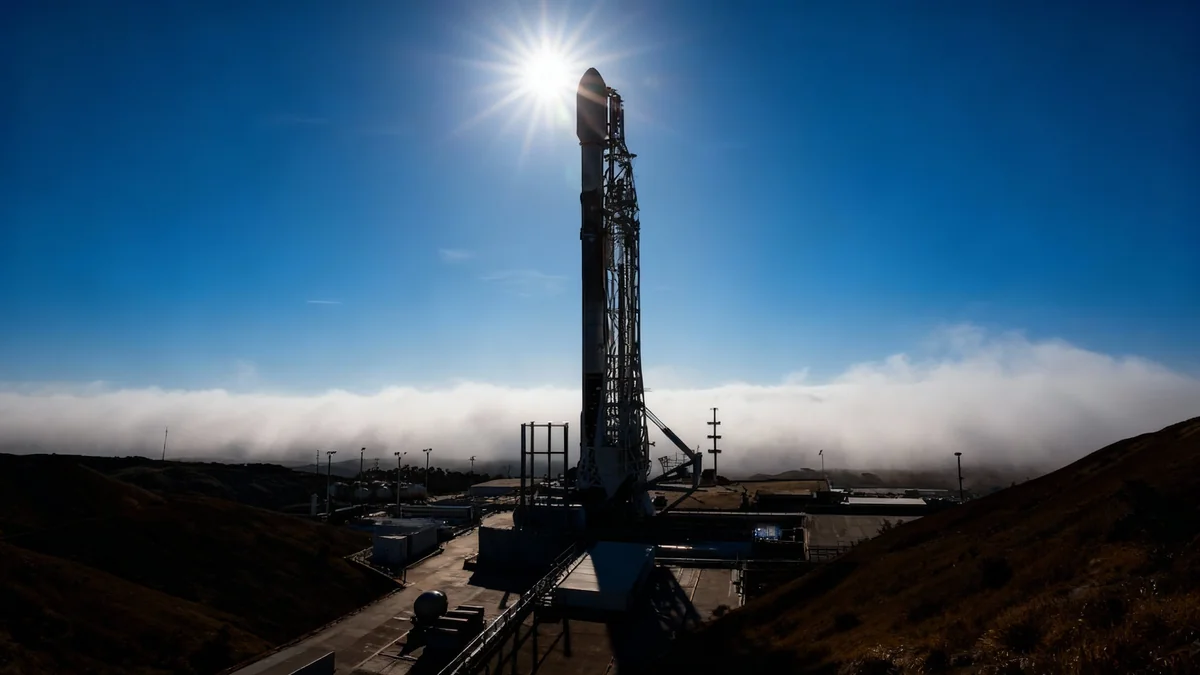NASA has awarded Solstar Space a $150,000 contract to begin development of a specialized Wi-Fi system for the Moon. The technology is intended to support the agency's upcoming Artemis missions and commercial lunar operations by providing reliable wireless communication on the lunar surface and in orbit.
The Phase I Small Business Innovation Research (SBIR) contract addresses a critical need for robust communication networks as NASA and its partners prepare for a sustained human presence on the Moon. Solstar will design a Lunar Wi-Fi Access Point (LWIFI-AP) capable of withstanding the harsh lunar environment.
Key Takeaways
- NASA awarded Solstar Space a $150,000 Phase I SBIR contract.
- The goal is to develop a Lunar Wi-Fi Access Point (LWIFI-AP) for future missions.
- This technology is crucial for the Artemis program, the Lunar Gateway, and commercial partners.
- The hardware must be durable enough to survive extreme lunar temperatures and radiation.
- The system will enable communication between astronauts, rovers, habitats, and orbital assets.
NASA Invests in Critical Lunar Infrastructure
NASA has formally initiated a project to create a Wi-Fi network on the Moon by awarding a contract to Solstar Space. The agreement, valued at $150,000, is part of the agency's Phase I SBIR program, which encourages small businesses to develop technology that meets federal research and development needs.
The primary objective of this contract is the creation of a Lunar Wi-Fi Access Point, or LWIFI-AP. This device is a foundational piece of the communication infrastructure required for the ambitious Artemis program, which aims to return astronauts to the Moon and establish a long-term presence.
According to NASA, reliable communication is essential for the safety and success of future lunar missions. The agency needs a system that can connect astronauts, robotic rovers, scientific instruments, and habitats on the lunar surface, as well as link them to orbiting spacecraft like the Lunar Gateway.
What is the Artemis Program?
The Artemis program is NASA's multi-stage initiative to return humans to the Moon for the first time since the Apollo missions. Its long-term goals include establishing a sustainable base on the lunar surface and preparing for eventual human missions to Mars. The program relies heavily on partnerships with commercial companies.
Addressing a Unique Technological Challenge
Currently, no commercial off-the-shelf Wi-Fi system can function in the extreme conditions of the lunar environment. The Moon's surface experiences temperature swings of hundreds of degrees, from scorching heat in direct sunlight to extreme cold in shadow. It is also bombarded with high levels of cosmic radiation.
Solstar's proposed LWIFI-AP is being designed specifically to overcome these challenges. The hardware must be engineered for radiation tolerance and thermal survivability. Without this specialized hardening, standard electronic components would quickly fail.
Another critical requirement is efficiency. All hardware sent to space must adhere to strict Size, Weight, and Power (SWaP) constraints. Every gram of mass and every watt of power is carefully managed, so the lunar Wi-Fi system must be compact, lightweight, and highly energy-efficient.
Technical Design and Intended Applications
The LWIFI-AP being developed by Solstar is planned as a multi-protocol, multi-band system. This versatility will allow it to support various communication standards, including Wi-Fi and 3GPP cellular technologies, ensuring compatibility across a wide range of devices and mission assets.
NASA has identified several key systems that will rely on this technology:
- Human Landing System (HLS): The spacecraft that will transport astronauts from lunar orbit to the surface.
- Commercial Lunar Payload Services (CLPS): Robotic landers and rovers delivered by commercial partners.
- Lunar Terrain Vehicle (LTV): A new generation of rovers for astronaut transport.
- Lunar Gateway: An outpost orbiting the Moon that will serve as a staging point for surface missions.
The access point will be integrated into the Gateway's Habitation and Logistics Outpost (HALO) and its airlock module, providing connectivity for astronauts and systems aboard the station.
Extreme Environment
Temperatures on the Moon can range from approximately 127°C (260°F) in the sun to -173°C (-280°F) in the dark. Electronics must be specially designed to operate across this vast thermal range.
Solstar's Vision for a Connected Moon
The development of a lunar Wi-Fi network is seen as a vital step toward enabling complex operations on the Moon, from scientific research to resource utilization. Brian Barnett, the Founder and CEO of Solstar Space, highlighted the importance of this technology for future lunar inhabitants.
"Just like Wi-Fi revolutionized life on Earth, it will be essential for living and working on the Moon. Solstar’s mission has always been to keep people and systems connected in space, and this award moves us one step closer to enabling that vision for lunar missions."
Barnett emphasized that this project represents a significant milestone for both his company and the broader field of space-based connectivity. He sees commercial innovation as a key driver for NASA's long-term lunar ambitions.
"With the Solstar LWIFI-AP, we aim to bring commercial-grade connectivity to the Moon, enabling seamless communication between crew, equipment, and mission control. We are proud to lead the way in developing the Wi-Fi backbone for the lunar economy."
The work performed under this Phase I contract will establish the design and engineering foundation for the LWIFI-AP. If successful, it will pave the way for subsequent phases to build and test a flight-ready system that can be deployed on a variety of NASA and commercial missions, ultimately creating the first wireless network on another celestial body.





